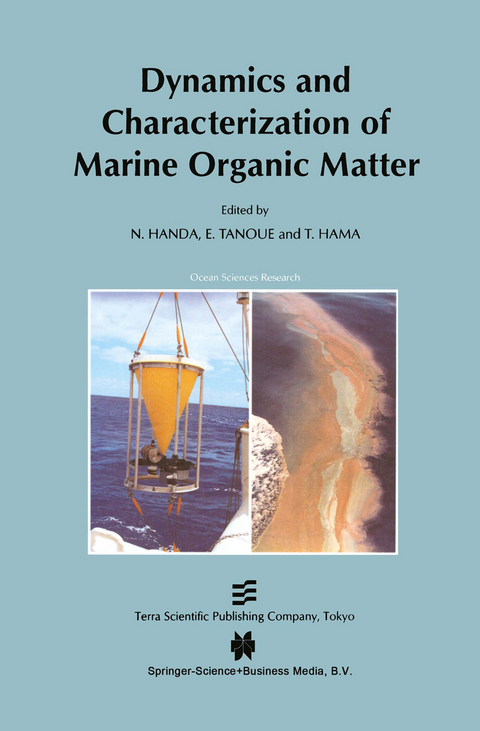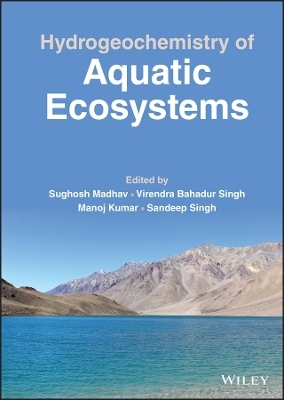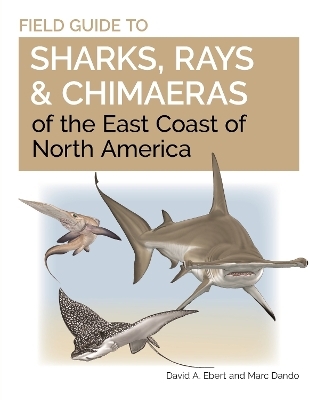
Dynamics and Characterization of Marine Organic Matter
Springer (Verlag)
978-90-481-5451-7 (ISBN)
A large amount of proxy data has been published describing the changes of the oceanic environment, but qualitative and quantitative estimates of the vertical flux of (proxy) organic compounds have not been well documented. There is thus an urgent need to pursue this line of study and, to this end, this book starts with several papers dealing with the primary production of organic matter in the upper ocean. Thereafter, the book goes on to follow the flux and characterization of particulate organic matter, discussed in relation to the primary production in the euphotic zone and resuspension in the deep waters, including the vertical flux of proxy organic compounds. It goes on to explain the decomposition and transformation of organic matter in the ocean environment due to photochemical and biological agents, and the reactivity of bulk and specific organic compounds, including the air-sea interaction of biogenic gases.
The 22 papers in the book reflect the interests of JGOFS and will thus serve as a valuable reference source for future biogeochemical investigations of both bio-elements and organic matter in seawater, clarifying the role of the ocean in global climate change.
1. Production of Organic Matter in Upper Ocean.- Production and Turnover of Organic Compounds Through Phytoplankton Photosynthesis.- Environmental Control of Nitrate Uptake in Surface Oceanic Waters: an Overview.- Distribution and Non-Dominancy of Large Diatoms in Planktonic Algal Communities in the Central Pacific Ocean along 175°E.- 2. Flux and Characterization of Particulate Organic Matter.- The Relation between Primary Production and the Flux of Particulate Organic Matter in the sub-Arctic Coastal Sea.- Fatty acid Composition of Sinking Particles in the Western North Pacific.- Fluxes of Major Biochemicals in the Equatorial Pacific Ocean.- Source of Organic Matter in Sinking Particles in the Japan Trench: Molecular Composition and Carbon Isotopic Analyses.- 14C Budget of Sinking Particulate Organic Matter in the Japan Trench: A New Approach to Estimate the Contribution from Resuspended Particles in Deep Water Column.- Productivity of Gephyrocapsacean Algae Revealed from Long-Chain Alkenones and Alkyl Alkenoates in the Northwestern Pacific off Japan.- 3. Decomposition and Transformation of Organic Matter.- Photochemical Degradation of Dissolved Organic Carbon to Carbon Monoxide in Coastal Seawater.- The Occurrence of Organic Peroxides in Seawater.- “Picopellets” Produced by Phagotrophic Nanoflagellates: Role in the Material Cycling within Marine Environments.- Feeding of Carnivorous Zooplankton, Chaetognaths in the Pacific.- Dynamics of Organic Marine Aggregates Nanometer-Colloids to Marine Snow.- 4. Characterization and Reactivity of Bulk and Specific Organic Compounds.- Dissolved Organic Carbon in Sub-Arctic Northeast Pacific Ocean.- Bulk Chemical Aspects of Dissolved Organic Matter in Seawater Review: The Recent Findings Unsolved Problems.- Strong OrganicLigands in Seawater: Peculiar Functional Groups in Oceanic Organic Matter-Synthesis.- Proteins in the Sea — Synthesis.- 5. Air-Sea Interactions of Biogenic Gases and Organic Matter.- Total Carbon and Nitrogen Contents and Molecular Composition of Water Soluble Organic Matter in the Marine Aerosols from Western North to Tropical Central Pacific.- Carbon Monoxide and Methane in Surface Seawater of the Tropical Pacific Ocean.- CO2 Exchange between the Atmosphere and the Ocean: Carbon Cycle Studies of the Meteorological Research Institute Since 1968.- North Pacific Water’s Larger Potential Sink Capacity for Absorbing Anthropogenic CO2 and the Processes Recovering It.
| Erscheint lt. Verlag | 9.12.2010 |
|---|---|
| Reihe/Serie | Ocean Sciences Research ; 2 |
| Zusatzinfo | X, 562 p. |
| Verlagsort | Dordrecht |
| Sprache | englisch |
| Maße | 155 x 235 mm |
| Themenwelt | Naturwissenschaften ► Biologie ► Limnologie / Meeresbiologie |
| Naturwissenschaften ► Biologie ► Ökologie / Naturschutz | |
| Naturwissenschaften ► Geowissenschaften ► Geografie / Kartografie | |
| Naturwissenschaften ► Geowissenschaften ► Geologie | |
| Naturwissenschaften ► Geowissenschaften ► Hydrologie / Ozeanografie | |
| Naturwissenschaften ► Geowissenschaften ► Meteorologie / Klimatologie | |
| ISBN-10 | 90-481-5451-0 / 9048154510 |
| ISBN-13 | 978-90-481-5451-7 / 9789048154517 |
| Zustand | Neuware |
| Informationen gemäß Produktsicherheitsverordnung (GPSR) | |
| Haben Sie eine Frage zum Produkt? |
aus dem Bereich


